NZ Time 05 Feb 2025, 17:50 PM
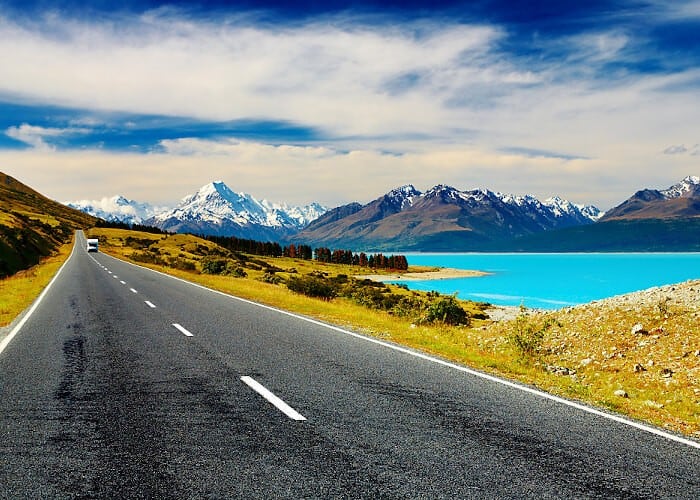
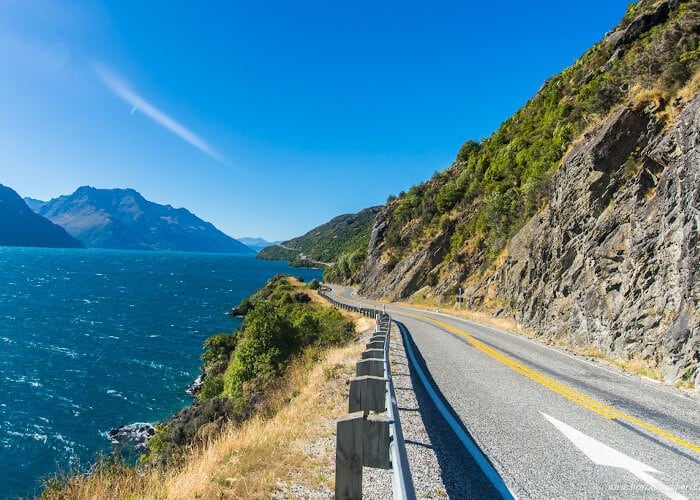
Before you begin your journey on New Zealand roads, learn more about what's different about driving in New Zealand. For example, we drive on the left hand side of the road, not all railway crossings have active warnings, safety belts are compulsory, and it's illegal to use a cellphone while driving. If you're tired you're much more likely to have a crash. Allow plenty of time when you arrive in New Zealand before driving, and take time to rest before each long drive. Ensure you allow enough time to drive safely between your destinations. If you find your attention wandering when driving, pull over to the roadside and have a rest. See more tips about how to avoid fatigue while driving. Excessive speed is one of the biggest killers on New Zealand roads. Also it is important to obey all speed limits or face substantial fines - 100Km/h - Maximum open road speed limit 50Km/h - Maximum speed limit for built up areas
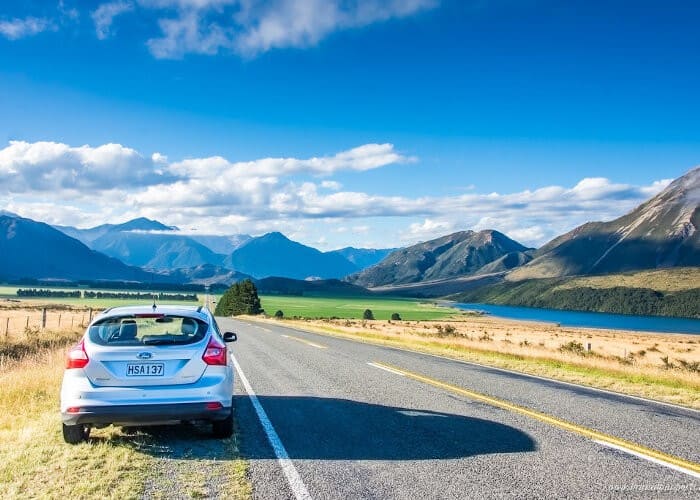
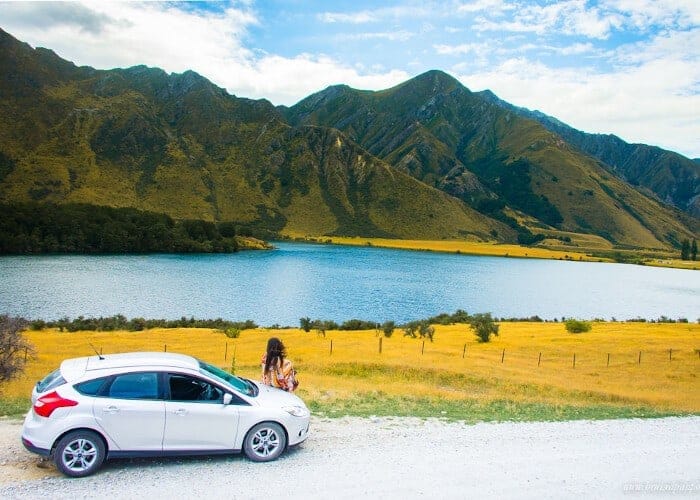
Fuel prices vary between $2.00 and $2.20 per litre approx. All of Shoestring cars are Auto and very fuel efficient, taking 91 Octane (green) Petrol. Braking going downhill. Be sure to shift down to 2nd gear when going down steep hills as it helps braking. Most car parks in the city areas require some kind of payment so please look around for a ticket booth or signs stating the length of time the car can be parked there.
New Zealand has a number of unsealed roads, which can be narrow with dusty, gravel verges and can reduce visibility substantially. Slow your speed to 40kph or less to help you to maintain control of your vehicle. Keep to established tracks that have a harder surface and slow down when approaching an oncoming vehicle. Should your vehicle slide on shingle DO NOT BRAKE SUDDENLY.

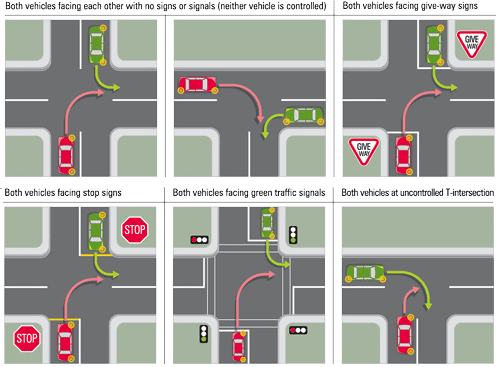
If you are turning, give way to all vehicles not turning. Note: If the road is marked with a centre line, you are deemed to be turning if you leave the path of the centre line. If you follow the path of the centre line, you are deemed to be not turning. If you are turning right, give way to all vehicles coming towards you including those turning left. Note: This applies if both vehicles are facing no signs or signals or the same signs or signals. At a T-intersection or driveway, traffic on a terminating road (bottom of the T) must give way to all traffic on a continuing road (top of the T). If all other give way rules (or signs or signals) do not determine who gives way, give way to vehicles coming from your right. (An example of this is at cross roads).